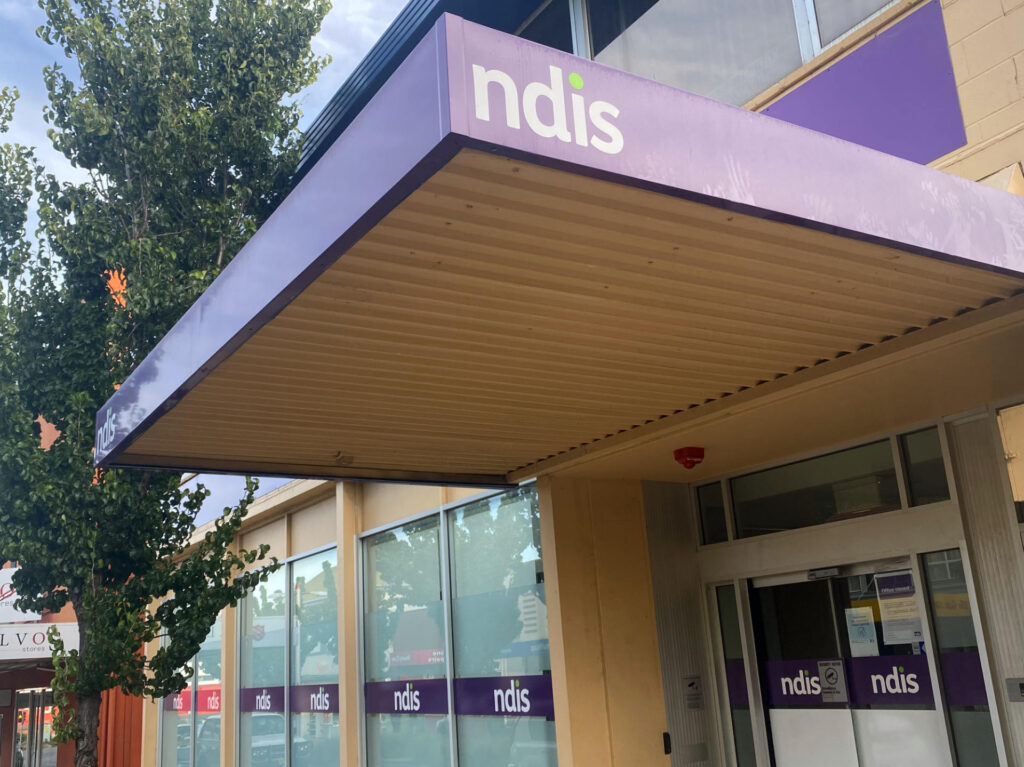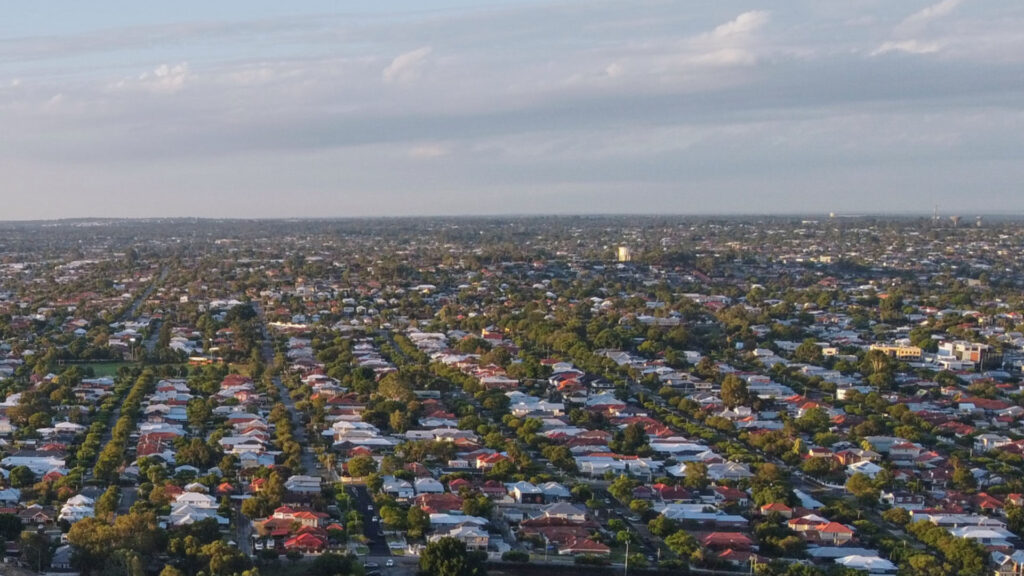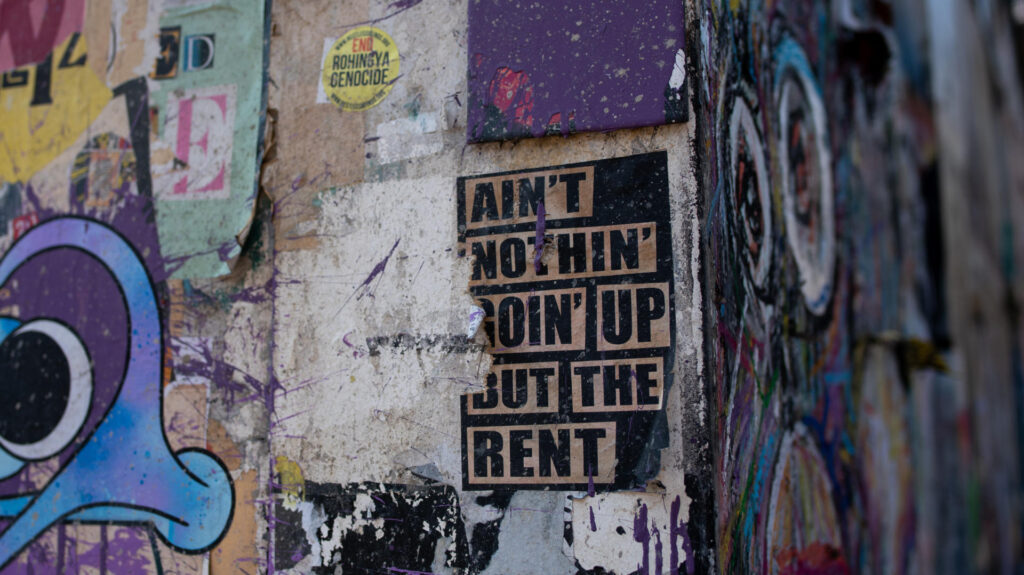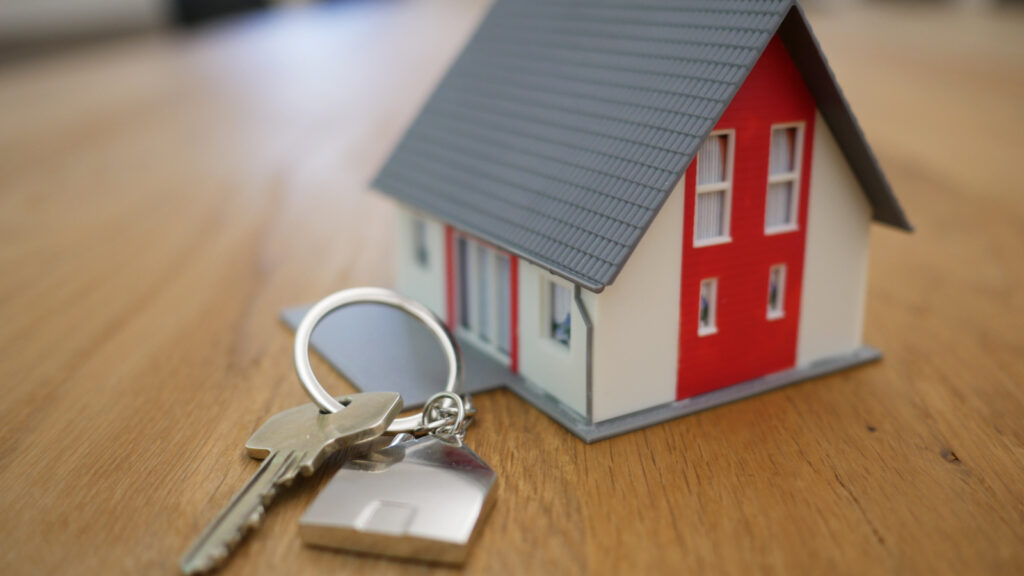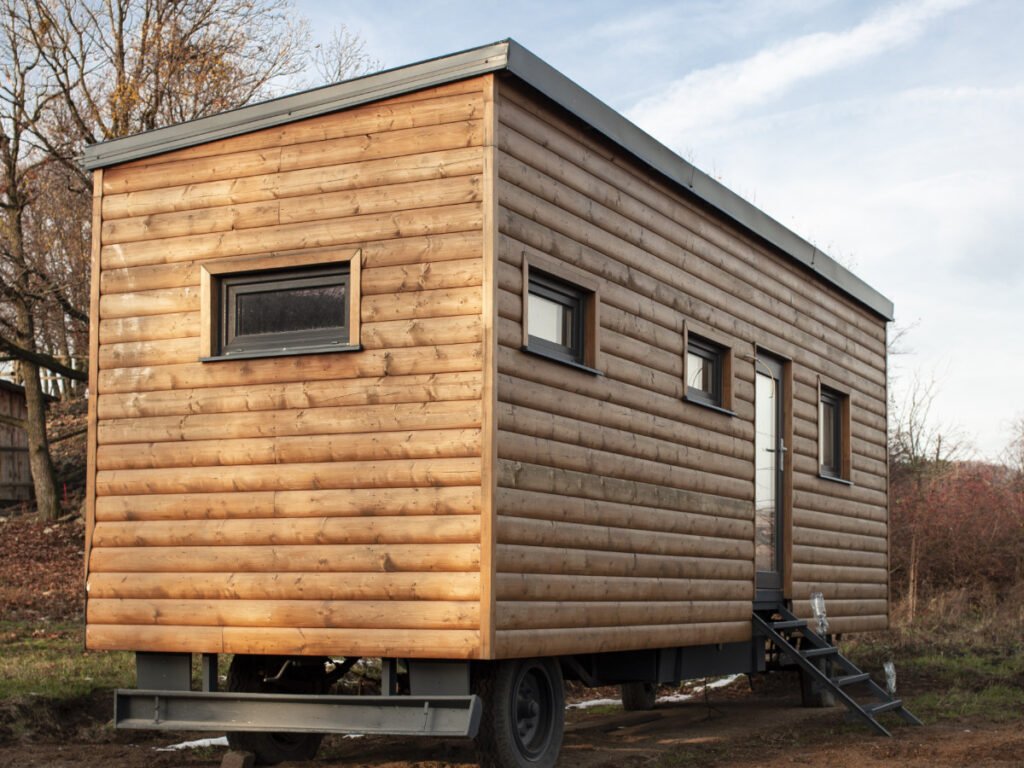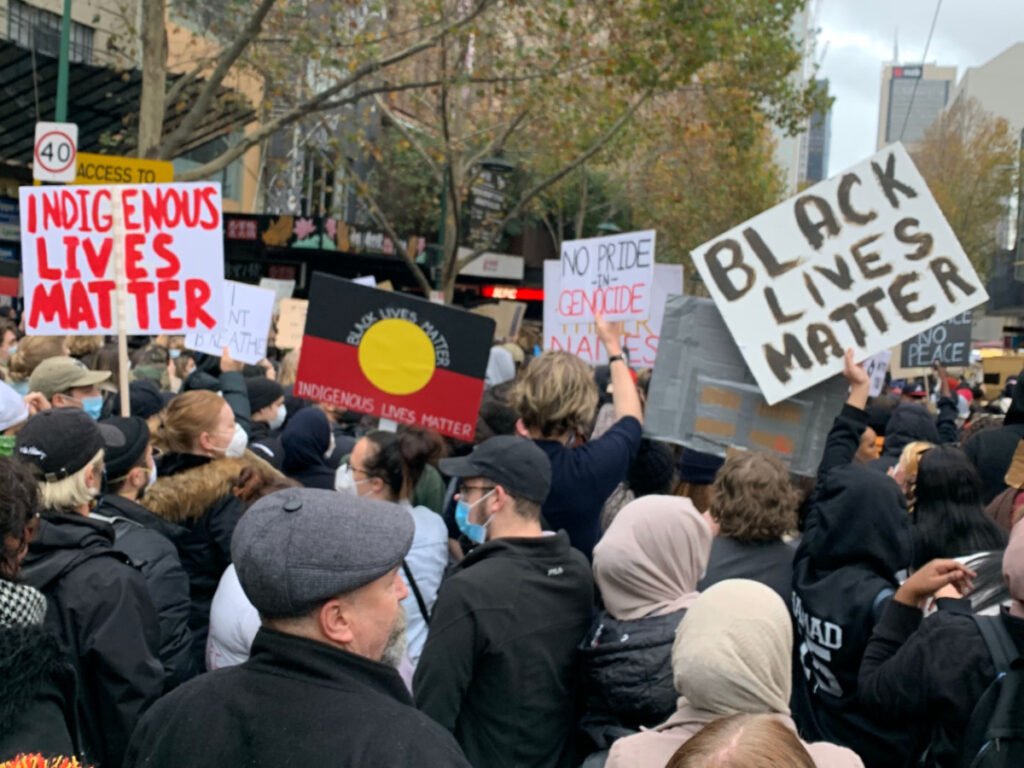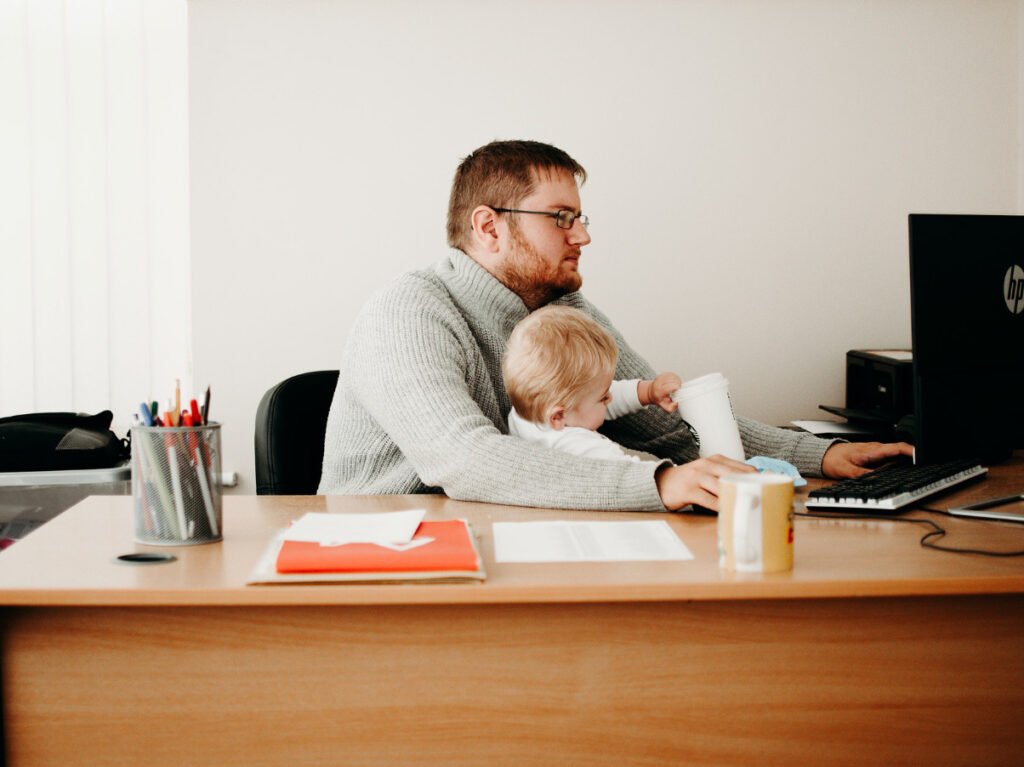A recent news article in Fairfax newspapers discussed a nationwide shortage of domestic cleaners due to the coronavirus pandemic. The labour shortage is indirectly impacting busy families who employ cleaners to help with domestic chores; and, more significantly, is causing genuine hardship for “vulnerable people who have funding for NDIS cleaning services, aged care or workers compensation packages.”
The article contains interviews with house cleaning business owners who have struggled to find staff. The recruitment problem is partly due to low wages, but also due to labour shortages caused by border closures — a lot of cleaning staff have traditionally been international students or backpackers on working holiday visas, however those people have not been allowed to enter Australia during the pandemic.
A reader’s comment on the article also suggests that outdoor home services like mowing and gardening have had trouble with staff shortages. However, a quick search online finds that there are other businesses providing services such as NDIS gutter cleaning services and residential window cleaning that do not appear to be impacted.
A government spokesperson from the Department of Home Affairs who was interviewed in the article said that the department is “clearing the backlog in applications” from international students and backpackers to enter the country. But that statement sounds like hot air for the businesses experiencing staff shortages, and for the NDIS participants who are suffering because they cannot access important cleaning services. Does anyone seriously think that international students and backpackers who have been locked out of Australia for 2 years are going to take up low-paid cleaning jobs as soon as they are allowed to enter the country? Or are they more likely to do what they are entering the country to do, i.e. start studying or go backpacking?
Let’s hope that all NDIS participants across Australia are able to access affordable and reliable cleaning services again soon.

